the most
iconic treasures
in egyptian museum
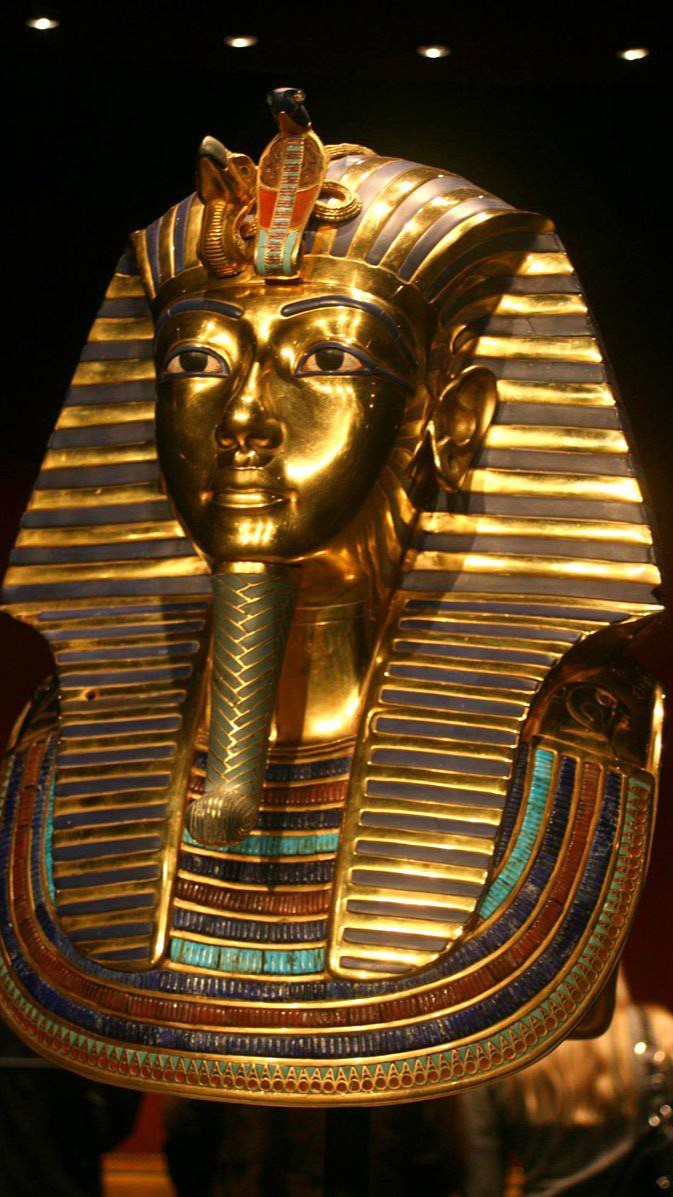
Mask of Tutankhamun (New Kingdom)
The gold mask of the 18th-century Pharaoh Tutankhamun is the most famous piece at the Egyptian Museum. And it’s the best-known object from Ancient Egypt itself – it’s often a symbol of the ancient civilization that symbolizes mystery and might. The Mask of Tutankhamun is housed in a darkened room on the second floor amid the vast collection of
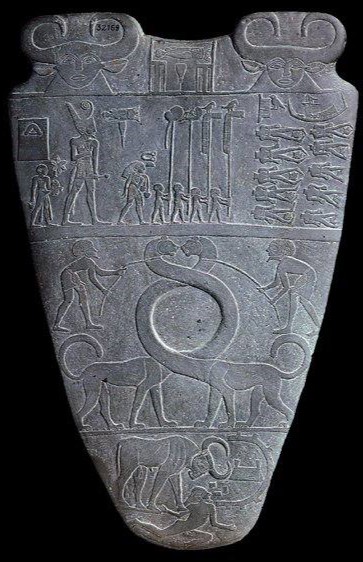
Narmer Palette (Old Kingdom)
The Narmer Palette is known as the first historical document in the world – and it depicts the unification of Upper and Lower Egypt in stunning detail. Dating from around the 31st century BC, the palette depicts King Narmer who founded the First Dynasty and unified Egypt. And it’s actually a cosmetic palette, which were used in predynastic
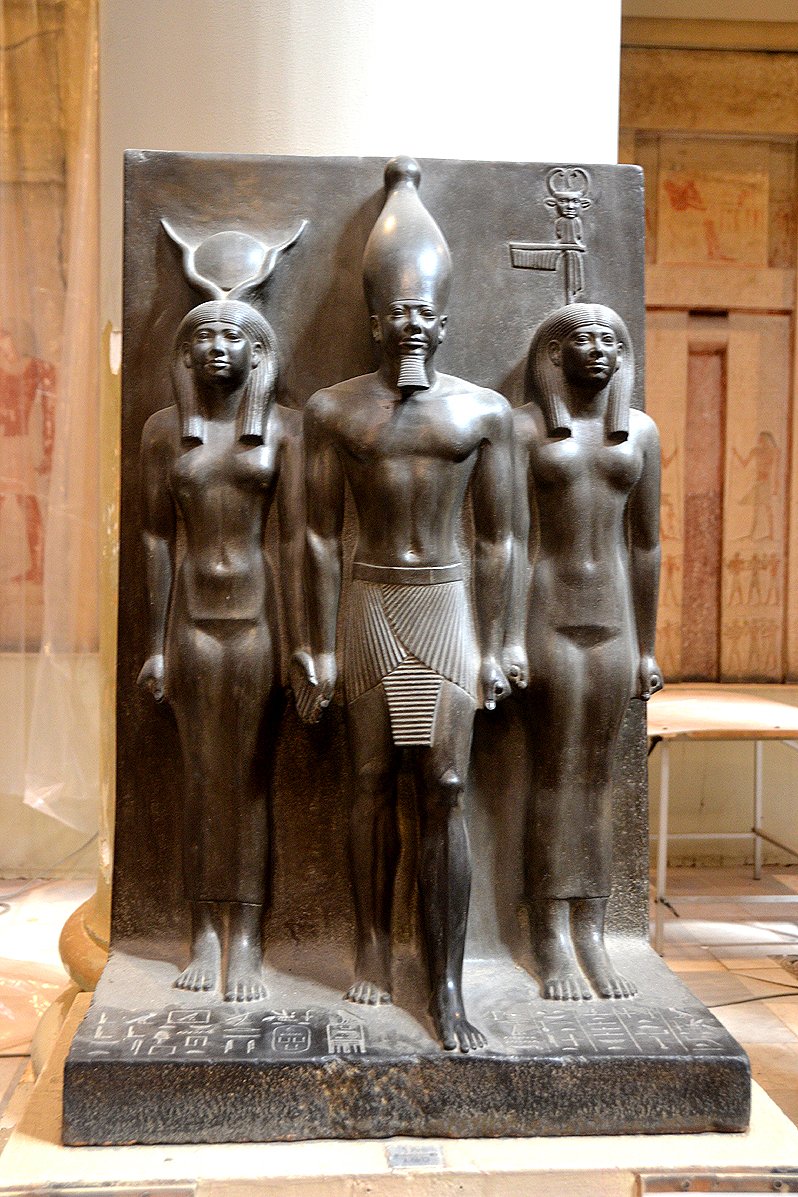
Menkaure Triad (Old Kingdom)
This stunning statue depicts Menkaure, builder of the smallest of the Giza pyramids, in intricate detail. King Menkaure is shown wearing the tall white crown of Upper Egypt. He’s flanked by the great sky goddess and divine mother Hathor (left) and the cow goddess Bat (right), the patron diety of the ancient Bat province The triad is remarkable.
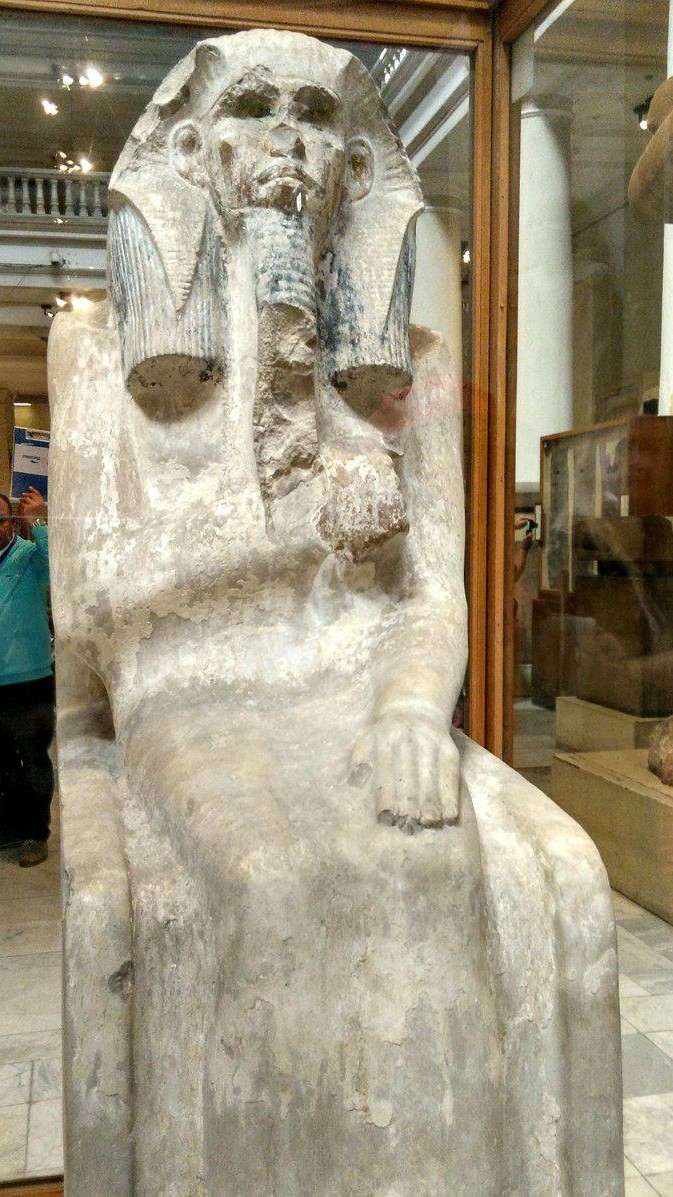
Statue of Djoser (Old Kingdom)
This painted limestone statue is the oldest known life-sized Egyptian statue. It portrays King Djoser, who ruled in the 3rd dynasty and built the earliest important stone building in Egypt. His reign was marked by great innovations in stone architecture. And you can still see some of these constructions in Saqqara (where this statue was found in the 1920s)
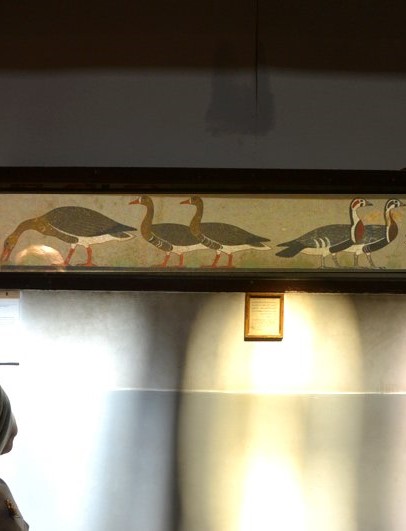
Meidum Geese (Old Kingdom)
Known as “Egypt’s Mona Lisa,” this bold-colored painting depicts an extinct species of goose that lived 4,600 years ago in Ancient Egypt. The painting was discovered in 1871 in a tomb near the Meidum pyramid – the first attempted pyramid located near modern-day Fayoum. It was inside a chapel dedicated to Itet, a vizier’s wife,The geese don’t





